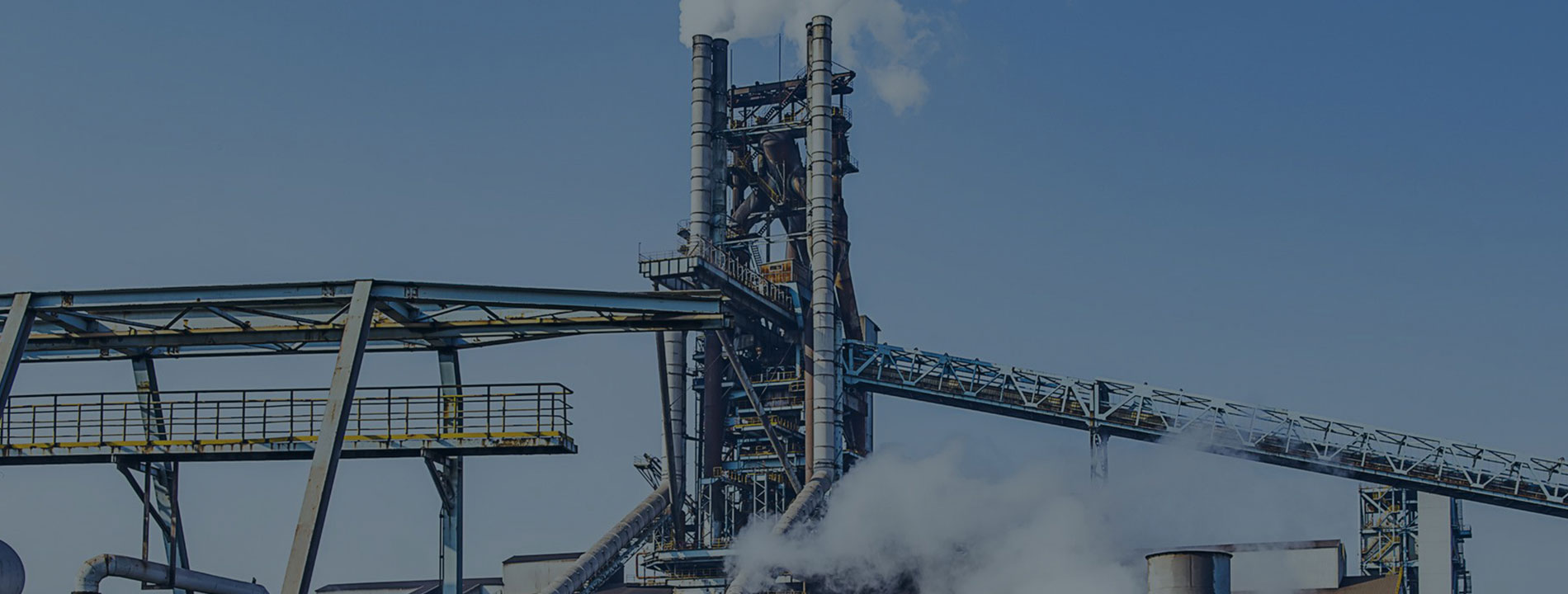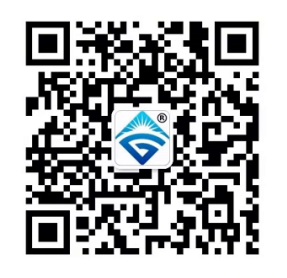

Pull force sensor, also known as resistance strain sensor, belongs to the weighing sensor series. It uses two lever transmission parts to transmit force. The structure contains a force-sensitive device and two lever transmission parts. The force-sensitive device includes a piezoelectric plate and a piezoelectric plate pad. The latter contains a substrate part and an edge transmission force part. Its characteristic is to fix the two ends of the two lever transmission parts together and clamp the force-sensitive device between the two transverse action surfaces of the two ends. The piezoelectric plate padding is pressed on the central area of the piezoelectric plate on one side, and the substrate part is located between the piezoelectric plate and the edge transmission force part on the other side and is in close contact with the piezoelectric plate. One of its uses is to replace the beam scale and make a hook scale.
The correct selection of pull force sensor is essential for the actual working environment. It not only affects whether the pull force sensor can work normally, but also its safety and service life, and even the reliability and safety of the whole balance. What is the working principle of pull force sensor and how to connect it? Let's learn about the relevant information of pull force sensor together.
The elastic body produces elastic deformation under external force, which makes the resistance strain sheet attached to its surface also deform. After the resistance strain sheet is deformed, its resistance value will change (increase or decrease), and then the corresponding measurement circuit converts this resistance change into an electric signal, thus completing the process of transforming external force into electric signal.
Firstly, determine the power positive, power negative, feedback positive, feedback negative, signal positive and signal negative of the display sensor interface. If it is a 6-wire sensor, measure the two sets of wires with the minimum sensor resistance, which are the power positive and feedback positive, and the power negative and feedback negative. After connecting to the display, measure the voltage value (mV) of the other two wires, and the positive connects to the display signal positive, and the negative connects to the display signal negative. If it is a 4-wire value, it is necessary to short-circuit the power positive and feedback positive of the display, and the power negative and feedback negative, and measure the four wires of the sensor with a multimeter. Among them, the two wires with the largest resistance value are the power, and the other two wires are the signal. According to the origin of the sensor, the color of the lead can be used to judge. Chinese manufacturers generally use red as power positive, black as power negative, green as signal positive, and white as signal negative. Sensors produced in Europe and America usually use green as power positive, black as power negative, white as signal positive, and red as signal negative.
The advantages of pull force sensor are high accuracy, wide measurement range, long service life, simple structure, good frequency response characteristics, can work in harsh conditions, easy to realize miniaturization, integration and diversification, etc. It fixes the two ends of the two lever transmission parts together and clamps the force-sensitive device between the two transverse action surfaces of the two ends. The piezoelectric plate pad is pressed on the central area of the piezoelectric plate on one side, and the substrate part is located between the piezoelectric plate and the edge transmission force part on the other side and is in close contact with the piezoelectric plate. One of its uses is to replace the beam scale and make a hook scale.

86-552-4923688
No. 118, Jiahe Road, High-Tech Zone, Bengbu, Anhui, China
 English
English 日本語
日本語 한국어
한국어 français
français Deutsch
Deutsch Español
Español italiano
italiano português
português العربية
العربية tiếng việt
tiếng việt ไทย
ไทย